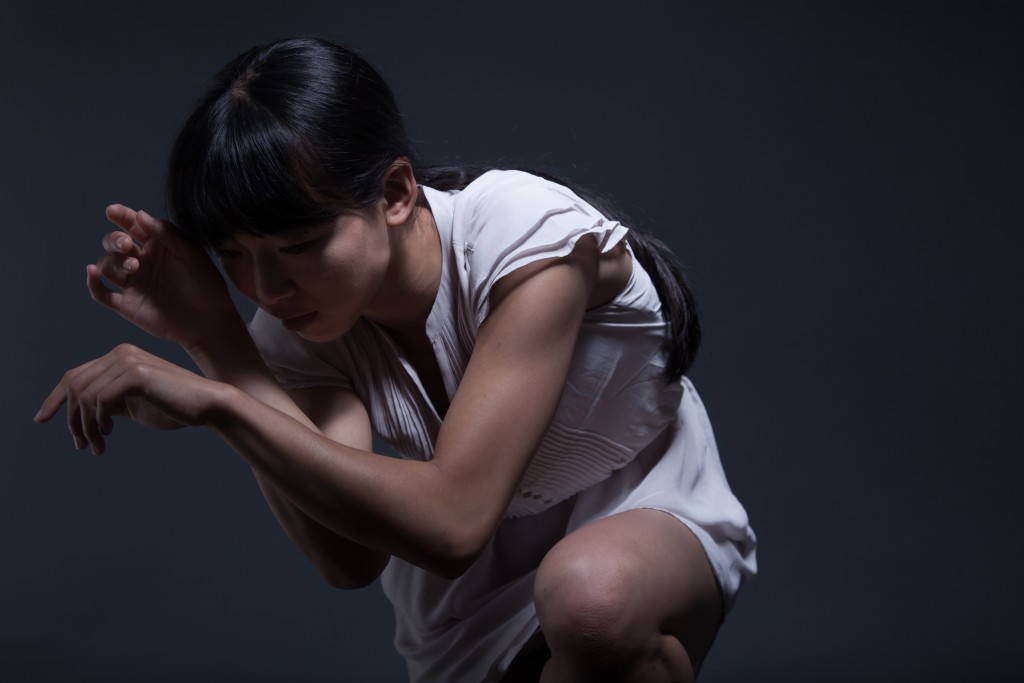Banrika Gill reviews the James Cousins Company production of Without Stars | There We Have Been, which arrived at the Gulbenkian for a one-night-only show last week.
Seeing troubled relationships played out in front of an audience with an unflinching reality is what made Without Stars | There We Have Been an incredibly emotive performance to watch. The show was made up of two segments, which were influenced by Haruki Murakami’s bestselling novel, Norwegian Wood, exploring the different sides of love, loss, and loyalty. The quartet in the first half focuses on Toru Watanabe’s relationship with his friend, and lover, Naoko. The second half follows a duet with Naoko, focusing on her needs and turmoil.
The first section, Without Stars, was 45 minutes long and opened with the lighting fixed on one woman wrapped up in herself, and then shifted to a man sat smoking. The audience was then taken through their entire relationship from the start to its climax, and then its eventual demise. Toru’s pain at losing his relationship and eventual descent into depression is emphasised by the mournful musical accompaniment. Throughout the first half, the lighting played an important role in showing the progression of the the characters’ relationship. Towards the end, however, the lights facing the audience at stage level were rather bright and unexpected, which almost seemed unnecessary and slightly uncomfortable.
After the interval, There We Have Been opened with a woman in white held up in the light by her partner. For the next 30 minutes, the two performers were very effective in displaying the dependence of the woman on the man and their relationship. Interestingly, at no point in the second half did Naoko, played by Chihiro Kawasaki, touch the stage floor. The piece between the performers was continuous and passionate; their movements intimate and rather delicate as they explored the depths of their relationship. There We Have Been was quite effective in presenting a glimpse into the fragile dependence of the woman on her partner.
The characters in both the pieces were flawed and had nowhere to hide as their emotions were laid bare in front of the audience. The quote “powerless, I could go nowhere”, by Murakami, sums up Toru and Naoko’s final state of mind. The performers conveyed this beautifully through their dance and facial expressions. It is easy to understand why James Cousin’s choreography was recognised by Time Out magazine as one of the future faces of dance. If given the opportunity, I would recommend watching the performance to experience a wonderful exhibition of storytelling through the beauty of dance.
Although the show has now left Canterbury you can catch the performance later on in its tour, which will stop in London between 20 and 22 October. You can view the trailer by clicking here.




